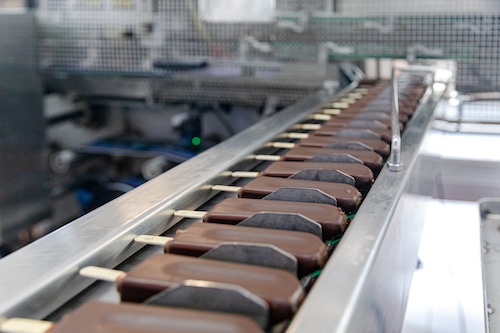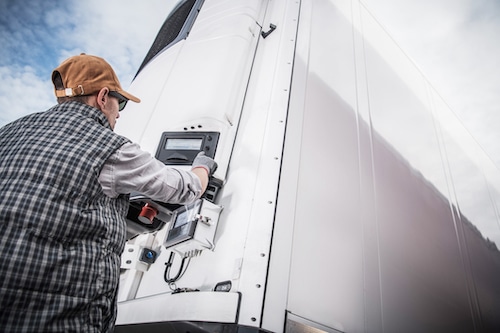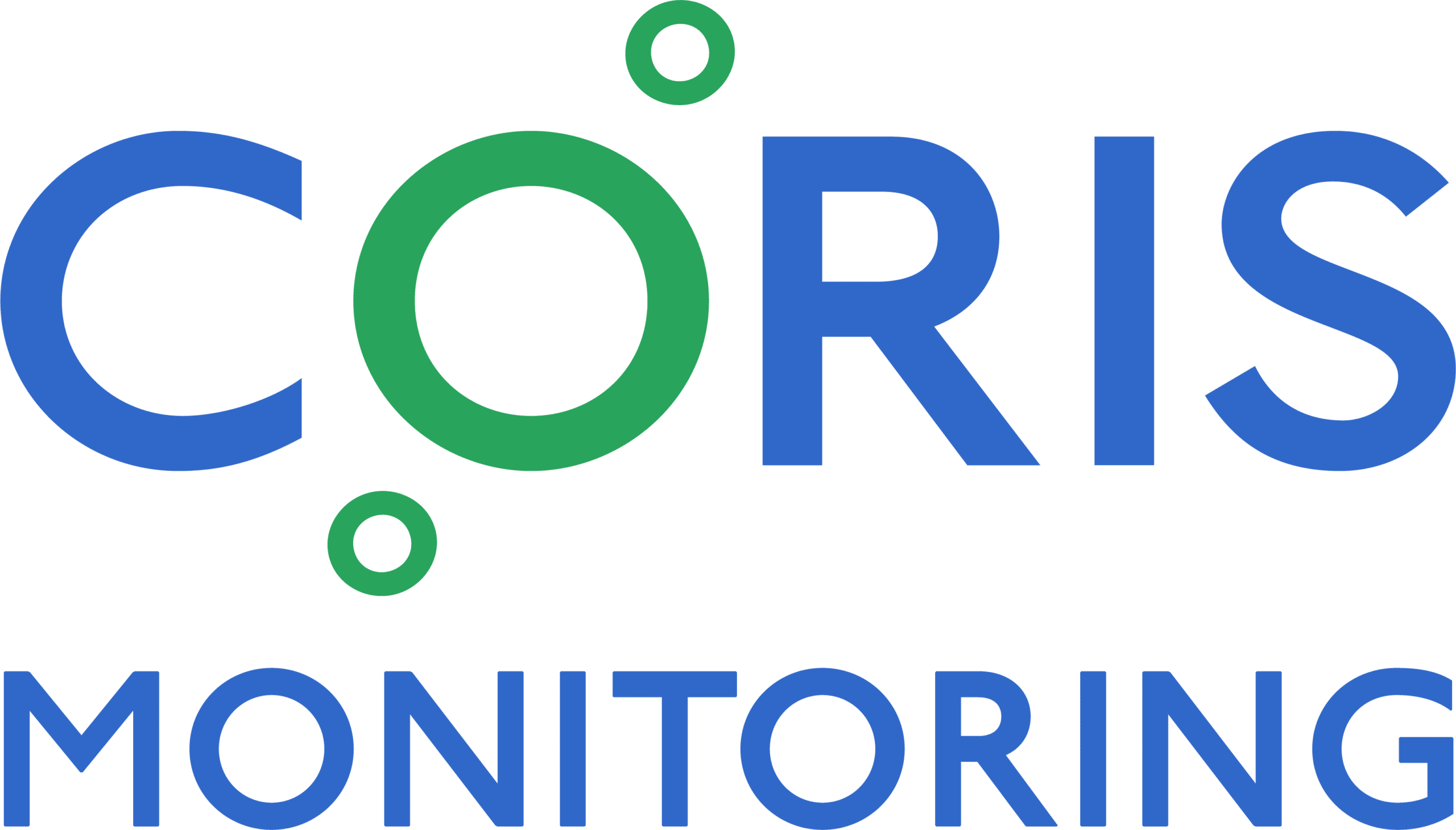As sustainability becomes a bigger conversation in the food and beverage industry, so does food safety monitoring. The primary goal of food safety monitoring has remained the same over the years: to mitigate any risks that compromise the safety of food for human consumption — and in turn lead to loss of product. It’s a worthwhile point to reflect on the fact that over one third of food produced today is either lost or wasted.
While manual approaches to food safety monitoring are common, today’s complex, rapidly evolving supply chain calls for more efficient and effective measures. Organizations need real-time monitoring capabilities over food temperatures and humidity levels so they can detect and respond to food safety risks as they occur.
Before we dive into sensor-based food safety monitoring systems that streamline these efforts, let’s explore some key ways that this practice supports sustainability initiatives.
Food Safety Monitoring: 3 Ways It Impacts the Supply Chain
1. Less Food Waste
The earlier contamination issues are discovered in the supply chain, the faster organizations can react to prevent product loss and ensure consumers’ safety. Contaminated batches can be detected and isolated on a smaller scale, which helps to prevent widespread recalls that can be costly from both retrieval/disposal and reputational standpoints. Less operational disruption in the food production process translates into fewer supply chain inefficiencies.
2. Reduced Environmental Impact
When products are contaminated, food manufacturers need to ramp up production to make up for that loss — which ultimately means higher energy consumption. There’s also the transportation of these additional products, which increases fuel consumption and greenhouse gas emissions. By minimizing the risk of contamination, food safety monitoring helps businesses in the food and beverage industry conserve resources and minimize waste.

3. Improved Resource Allocation
Reactive measures to food contamination and product recalls can be labor intensive. When managing a recall, workers have to identify affected batches, retrieve affected products from the market, and then dispose of them. At the same time, they’re also diverting labor toward conducting investigations around the incident and implementing corrective actions to ensure adherence with food safety regulations. With a proactive approach to food safety monitoring, there is less operational downtime and fewer labor costs to worry about.
Automating Food Safety Monitoring: Why It’s So Important
Manual food safety monitoring can be resource and time intensive, while offering limited traceability as potential food safety issues emerge. And as supply chains expand and become more complex, a standard approach to temperature monitoring becomes increasingly difficult.
Forbes set the scene well in a recent article on sustainability in the food and beverage industry: “Suppose a truck driver transports food items that must remain at cold temperatures.” If out of range temperatures occur during in transit, this increases the risk of foodborne illnesses. Yet, if those variations happen between scheduled food safety checks, these food safety issues may go unnoticed or they may not be discovered until the products arrive at their destination. By that time, the products are likely to be compromised.

With an automated food safety monitoring system, you can continuously monitor temperature and humidity levels at every step of the supply chain — from production, to storage, to transportation. This continued surveillance ensures that the right personnel are alerted to any issues in real time and can promptly intervene. Organizations in the food business can use historical data from these systems for reporting and compliance documentation. This data showcases their commitment to ethical standards while helping uphold a positive brand image that builds customer loyalty and trust.
Choose CORIS As Your Food Safety Monitoring System
At CORIS, we understand the costly burden of food product loss, as well as the safety and compliance implications. That’s why we’ve developed a 24/7 monitoring system to make sure you’re alerted about temperature and humidity excursions as they occur. So whether an excursion occurs as foods are being prepared, when foods are in cold storage, or when foods are in transit, you’ll get the early warnings you need to prevent costly losses and support compliance management.
If you’re interested in learning more about the CORIS system, contact us today.





